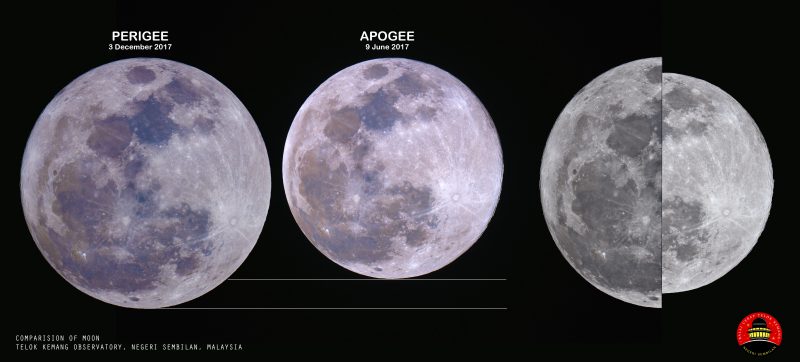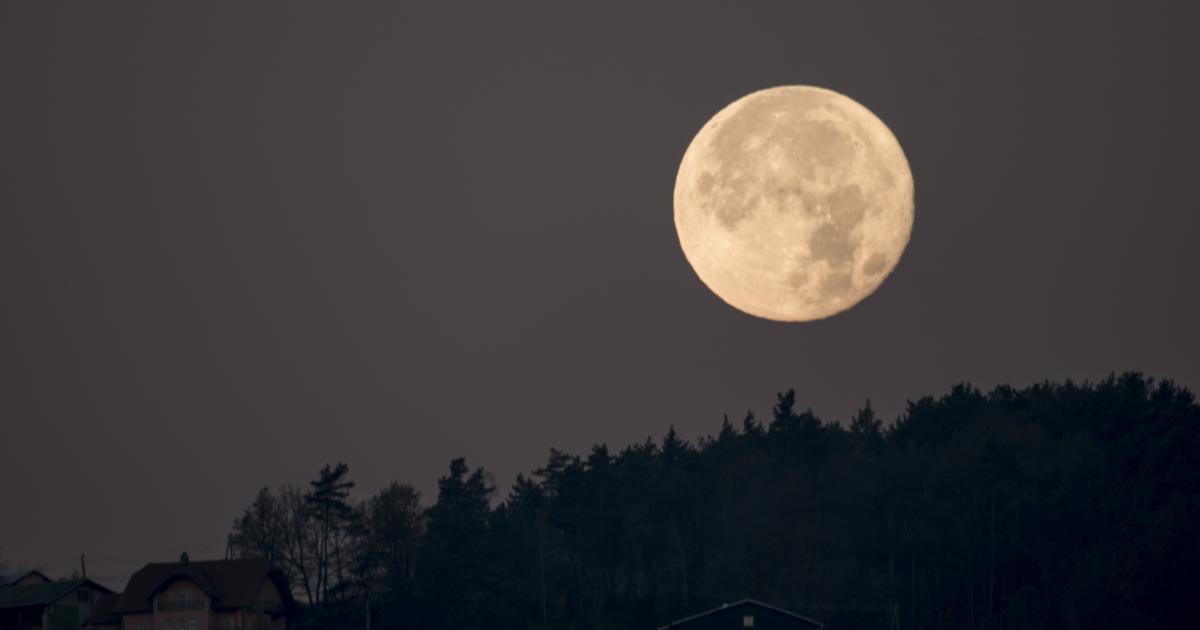- Mercury enters Capricorn
- 2019 MAJOR PLANETARY Transits
- Astronomy Calendar of Celestial Events - Sea and Sky
February 4 - New Moon. February 19 - Full Moon, Supermoon. This full moon was known by early Native American tribes as the Full Snow Moon because the heaviest snows usually fell during this time of the year. Since hunting is difficult, this moon has also been known by some tribes as the Full Hunger Moon, since the harsh weather made hunting difficult.
This is also the second of three supermoons for February 27 - Mercury at Greatest Eastern Elongation. The planet Mercury reaches greatest eastern elongation of This is the best time to view Mercury since it will be at its highest point above the horizon in the evening sky. Look for the planet low in the western sky just after sunset.
March 6 - New Moon. March 20 - March Equinox. The March equinox occurs at The Sun will shine directly on the equator and there will be nearly equal amounts of day and night throughout the world.
Mercury enters Capricorn
This is also the first day of spring vernal equinox in the Northern Hemisphere and the first day of fall autumnal equinox in the Southern Hemisphere. March 21 - Full Moon, Supermoon. This full moon was known by early Native American tribes as the Full Worm Moon because this was the time of year when the ground would begin to soften and the earthworms would reappear.
This is also the last of three supermoons for April 5 - New Moon. April 11 - Mercury at Greatest Western Elongation. The planet Mercury reaches greatest western elongation of This is the best time to view Mercury since it will be at its highest point above the horizon in the morning sky.
Look for the planet low in the eastern sky just before sunrise. April 19 - Full Moon. This full moon was known by early Native American tribes as the Full Pink Moon because it marked the appearance of the moss pink, or wild ground phlox, which is one of the first spring flowers.
Many coastal tribes called it the Full Fish Moon because this was the time that the shad swam upstream to spawn. April 22, 23 - Lyrids Meteor Shower.
2019 MAJOR PLANETARY Transits
The Lyrids is an average shower, usually producing about 20 meteors per hour at its peak. The shower runs annually from April It peaks this year on the night of the night of the 22nd and morning of the 23rd.
These meteors can sometimes produce bright dust trails that last for several seconds. The waning gibbous moon will block out many of the fainter meteors this year, but if you are patient you should still be able to catch a few of the brightest ones.
Meteors will radiate from the constellation Lyra, but can appear anywhere in the sky. May 4 - New Moon. May 6, 7 - Eta Aquarids Meteor Shower. The Eta Aquarids is an above average shower, capable of producing up to 60 meteors per hour at its peak.
Most of the activity is seen in the Southern Hemisphere. In the Northern Hemisphere, the rate can reach about 30 meteors per hour. It is produced by dust particles left behind by comet Halley, which has known and observed since ancient times.
The shower runs annually from April 19 to May It peaks this year on the night of May 6 and the morning of the May 7.
The thin crescent moon will set early in the evening leaving dark skies for what should be a good show. Meteors will radiate from the constellation Aquarius, but can appear anywhere in the sky. May 18 - Full Moon, Blue Moon.
This full moon was known by early Native American tribes as the Full Flower Moon because this was the time of year when spring flowers appeared in abundance.
Since this is the third of four full moons in this season, it is known as a blue moon. But since full moons occur every The extra full moon of the season is known as a blue moon. Blue moons occur on average once every 2. June 3 - New Moon.
June 10 - Jupiter at Opposition. The giant planet will be at its closest approach to Earth and its face will be fully illuminated by the Sun. It will be brighter than any other time of the year and will be visible all night long. This is the best time to view and photograph Jupiter and its moons.
A medium-sized telescope should be able to show you some of the details in Jupiter's cloud bands. A good pair of binoculars should allow you to see Jupiter's four largest moons, appearing as bright dots on either side of the planet.
June 17 - Full Moon. This full moon was known by early Native American tribes as the Full Strawberry Moon because it signaled the time of year to gather ripening fruit.

It also coincides with the peak of the strawberry harvesting season. June 21 - June Solstice. The June solstice occurs at The North Pole of the earth will be tilted toward the Sun, which will have reached its northernmost position in the sky and will be directly over the Tropic of Cancer at This is the first day of summer summer solstice in the Northern Hemisphere and the first day of winter winter solstice in the Southern Hemisphere.
June 23 - Mercury at Greatest Eastern Elongation. July 2 - New Moon. July 2 - Total Solar Eclipse. A total solar eclipse occurs when the moon completely blocks the Sun, revealing the Sun's beautiful outer atmosphere known as the corona. The path of totality will only be visible in parts of the southern pacific Ocean, central Chile, and central Argentina.
A partial eclipse will be visible in most parts of the southern Pacific Ocean and western South America. July 9 - Saturn at Opposition. The ringed planet will be at its closest approach to Earth and its face will be fully illuminated by the Sun.
This is the best time to view and photograph Saturn and its moons. A medium-sized or larger telescope will allow you to see Saturn's rings and a few of its brightest moons. July 16 - Full Moon.
This full moon was known by early Native American tribes as the Full Buck Moon because the male buck deer would begin to grow their new antlers at this time of year. July 16 - Partial Lunar Eclipse. A partial lunar eclipse occurs when the Moon passes through the Earth's partial shadow, or penumbra, and only a portion of it passes through the darkest shadow, or umbra.
During this type of eclipse a part of the Moon will darken as it moves through the Earth's shadow. July 28, 29 - Delta Aquarids Meteor Shower. The Delta Aquarids is an average shower that can produce up to 20 meteors per hour at its peak. It is produced by debris left behind by comets Marsden and Kracht.
Astronomy Calendar of Celestial Events - Sea and Sky
The shower runs annually from July 12 to August Supermoons are quite ordinary. A so called supermoon is nothing more than when a Full Moon that coincides when at perigee nearest distance to Earth. Any Full Moon low on the horizon will look impressive, but once high in the sky, as for size, you would not easily be able to see much — if any — difference to Full Moon at apogee most distance form Earth.
They do however appear to be bright, but again a lot has to do with the atmosphere and clarity of the sky. The difference in its apparent size compared to a normal Full Moon is negligible and is much more difficult to detect.
Crescent Beach, British Columbia, Canada. A wonderful image of the Perigee Full Moon.
Supermoon — Perigee Full Moon, and background stars. Click on image to enlarge. Credit image, Gail Stephan. Perigee-Syzygy of the Earth-Moon-Sun system.
How much bigger is a Supermoon compared to a normal Full Moon? How much brighter is a Supermoon compared to a normal Full Moon? What is an astronomers technical name for a supermoon? The technical name of a Super Moon used by astronomers is: The most recent date of this was 28th September , and the next will be on 8th October Exaggerated and Hyperbole Claims about a Supermoon.
When supermoons are in the news, you might hear from some sources exaggerated statistics about the size and brightness of a Supermoon, however, although we encourage you to look at the Moon, eclipses, and other astronomical phenomena as and when they occur, a Supermoon high in the sky, looks pretty much like any other Full Moon.
You may also hear of claims and associations that a Supermoon may increase the risk of physical events such as earthquakes and volcanic eruptions, but there is no evidence that Supermoons are the cause of such events. What's in a name The effect that the Sun and the Moon have on the oceans of the Earth are greatest when there is either a Full or New Moon.
A reminder about the etymology of the name: However, as many of you may already know, a New Moon is in the sky during daytime; it rises in morning; is in the sky during the day, and sets at around dusk; and unless there is a Solar Eclipse, a New Moon does not show itself during the height of daytime.
And yet, there is a tendency to be a little too hard, perhaps a bit cold, in your approach to these things. Uranus in Aries A clean break with the past in some respects is signaled by the cycle you have just begun. Uniqueness and originality set you apart. Uranus in Taurus Practicality and ingenuity combine as powerful drives in your life now that you have begun a new cycle.
Taking innovative concepts and making them real and practical is your strong suit; getting stuck in the mud is to be avoided at all costs. Financial savvy, inventiveness, worldly genius. The fine arts and all manner of fantasies assume a larger-than-life importance.
Surrendering to fate, karma, and other powers greater than merely mortal may be seen as the ultimate liberation. If all is maya illusion , what is the reality that gives rise to the world of appearances? Ambition, responsibility, a place for everyone and everyone in their place…. The interpretations in this box are from the Day Watch software.
Cafe Astrology is brimming with free articles, features, interpretations, and tools that will appeal to people with a casual interest in learning Astrology, as well as beginning through advanced students of Astrology.
